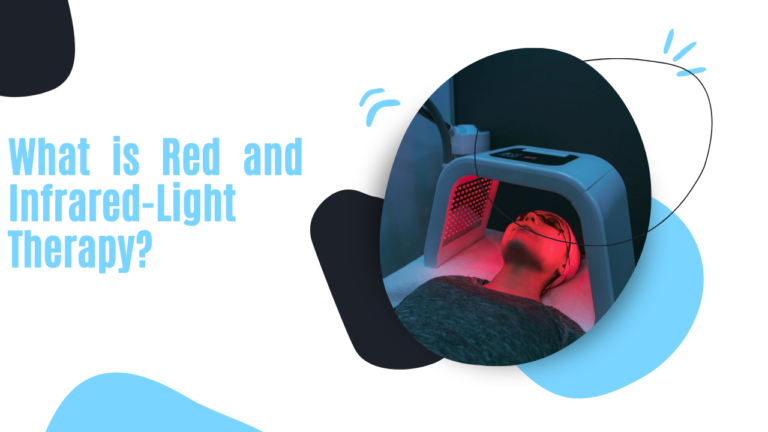How to Choose the Best HID Lights for Your Car
Choosing the best HID lights for your car can significantly improve your driving experience, especially at night or in poor weather conditions. HID (High-Intensity Discharge) lights offer superior brightness and longevity compared to traditional halogen bulbs. This article will guide you through the essential factors to consider when selecting the best HID lights for your vehicle.
Understanding HID Lights
What Are HID Lights?
HID lights are a type of headlight that uses xenon gas to produce a bright, intense light. Unlike halogen bulbs, which rely on a filament, HID lights generate light through an electrical discharge between two electrodes.
Advantages of HID Lights:
- Brightness: HID lights are up to three times brighter than halogen bulbs.
- Efficiency: They use less power while providing more light.
- Longevity: HID bulbs last longer, reducing the need for frequent replacements.
How HID Lights Work
Understanding how HID lights work can help you make an informed decision. HID lights create an arc of electricity between two electrodes, which excites the xenon gas and metal salts inside the bulb. This process produces a bright, white light that closely resembles natural daylight.
Factors to Consider When Choosing HID Lights
Brightness and Color Temperature
One of the primary reasons drivers switch to HID lights is for their superior brightness. However, it’s essential to choose the right color temperature.
- 3000K-4300K: These bulbs produce a yellowish light, similar to halogen bulbs. They are effective in foggy and snowy conditions.
- 5000K-6000K: Producing a white light, these bulbs offer excellent visibility and are the most popular choice for car enthusiasts.
- 8000K and above: These bulbs emit a bluish light, which can be visually striking but may not be as effective in adverse weather conditions.
Compatibility with Your Vehicle
Not all HID lights are compatible with every vehicle. It’s crucial to check your car’s make, model, and year to ensure compatibility. Some vehicles may require additional ballasts or wiring harnesses to properly install HID lights.
Pro Tip: Consult your car’s manual or a professional mechanic to determine the correct type of HID light for your vehicle.
Installation Process
The installation process for HID lights can vary depending on your car and the specific HID kit. Some kits are designed for easy, plug-and-play installation, while others may require more complex modifications.
- Plug-and-Play Kits: These are user-friendly and ideal for beginners. They usually include everything you need for a straightforward installation.
- Custom Installations: These may require additional components and professional installation. They offer more customization options but can be more time-consuming and expensive.
Legal Considerations
Before installing HID lights, it’s essential to be aware of the legal regulations in your area. Some regions have strict laws regarding the use of aftermarket HID lights, particularly concerning their brightness and color.
- Check Local Laws: Ensure your HID lights comply with local regulations to avoid fines and potential safety issues.
- DOT Approval: Look for HID lights that are Department of Transportation (DOT) approved, as these are more likely to meet legal standards.
Choosing the Best HID Kit for Your Needs
Quality and Brand Reputation
When it comes to selecting the best HID lights for your car, quality should be a top priority. Investing in a reputable brand can save you from frequent replacements and potential safety hazards.
- Research Brands: Look for brands with positive reviews and a history of producing high-quality automotive lighting.
- Warranty: Choose products that come with a warranty to protect your investment.
Price vs. Value
While it’s tempting to go for the cheapest option, it’s essential to balance price with value. Cheaper HID kits may not offer the same brightness, longevity, or reliability as more expensive options.
Considerations:
- Long-term Costs: Higher-quality HID lights may cost more upfront but can save you money in the long run due to their durability and efficiency.
- Features: Evaluate what features are most important to you, such as brightness, color temperature, and ease of installation.
Customer Reviews and Feedback
Reading customer reviews can provide valuable insights into the performance and reliability of different HID kits. Pay attention to common issues and praise to gauge whether a particular kit meets your needs.
- Pros and Cons: Look for recurring themes in reviews to understand the strengths and weaknesses of each product.
- Real-world Performance: Reviews can reveal how HID lights perform in various conditions, helping you make a more informed decision.
Installation and Maintenance Tips
DIY Installation
If you decide to install the HID lights yourself, follow these general steps:
- Gather Tools and Materials: Ensure you have all necessary tools and components before starting the installation.
- Disconnect the Battery: For safety, always disconnect your car’s battery before working on the electrical system.
- Remove the Old Bulbs: Carefully remove the existing bulbs from your headlights.
- Install the Ballasts: Secure the ballasts in a suitable location within the engine bay.
- Connect the HID Bulbs: Follow the instructions provided with your HID kit to connect the new bulbs.
- Test the Lights: Reconnect the battery and test the HID lights to ensure they are working correctly.
Professional Installation
If you’re not confident in your ability to install HID lights, consider professional installation. This option ensures that the lights are correctly installed and aligned, reducing the risk of issues.
Benefits:
- Expertise: Professionals have the experience and tools to install HID lights correctly.
- Warranty: Some installation services offer warranties on their work, providing additional peace of mind.
Regular Maintenance
To keep your HID lights performing optimally, regular maintenance is essential.
- Clean the Lenses: Dirty or foggy lenses can reduce the effectiveness of your HID lights. Clean them regularly with a suitable cleaner.
- Check the Alignment: Misaligned headlights can cause poor visibility and glare for other drivers. Have your headlights checked and aligned periodically.
- Replace Bulbs When Needed: HID bulbs can dim over time. Replace them as needed to maintain optimal brightness.
Conclusion
Choosing the best HID lights for your car involves considering several factors, including brightness, compatibility, installation, and legal regulations. By researching brands, balancing price with value, and paying attention to customer reviews, you can find the perfect HID kit for your needs. Whether you opt for DIY installation or professional help, regular maintenance will ensure your HID lights provide excellent visibility and safety for years to come.
For further information, you can check reputable sources like the National Highway Traffic Safety Administration, Consumer Reports, and Car and Driver for more detailed insights and reviews on HID lights and other automotive products.





